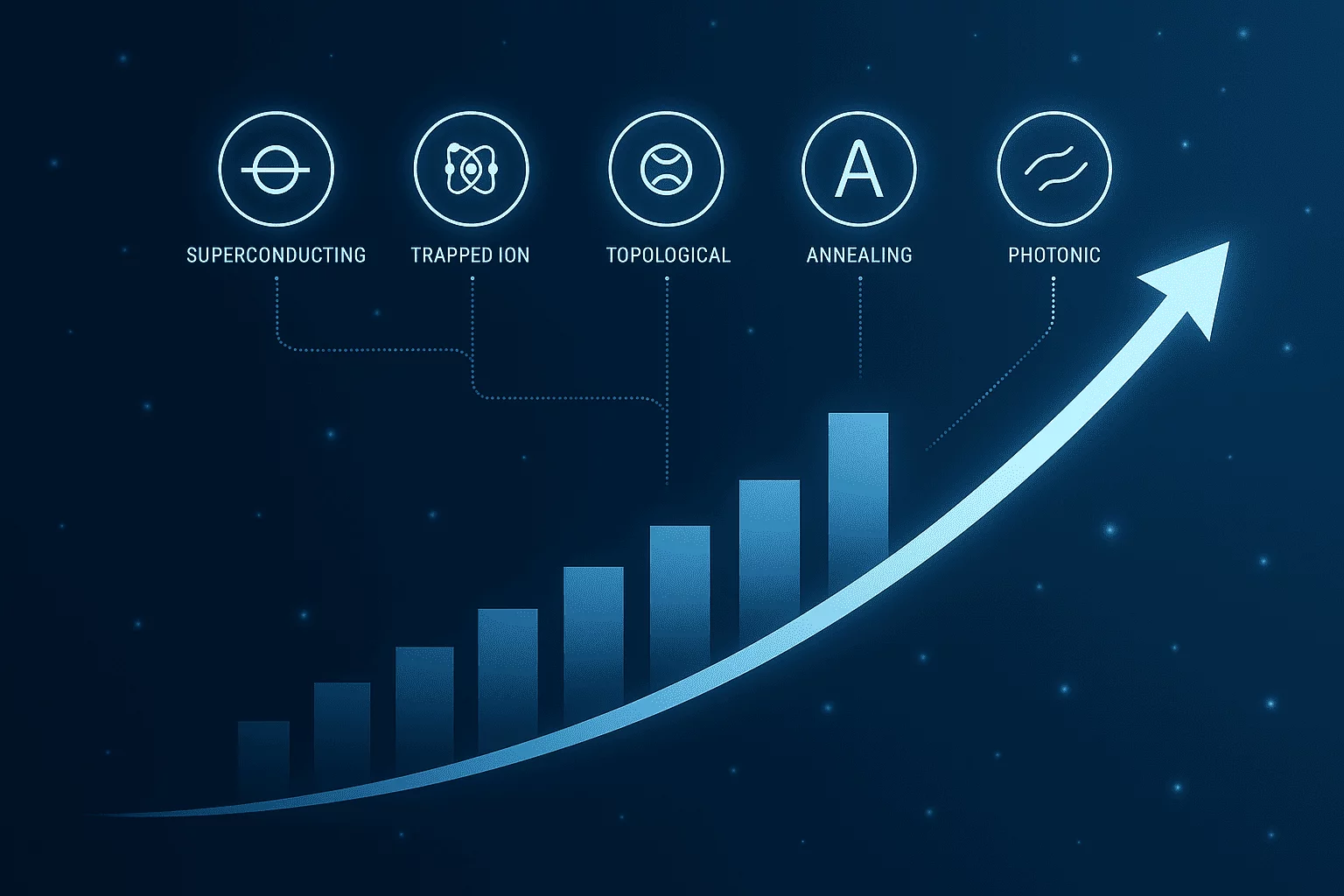The global economy in 2025 is undergoing a fundamental realignment. Gone are the days when the lion’s share of financial attention rested on Western capitals alone. Today, emerging and resurgent powers—Russia, Turkey, China, and a rising Africa—are playing an increasingly central role in shaping global supply chains, commodity markets, energy policies, and digital innovation. This blog marks the launch of a new editorial focus tracking these economies with rigor, clarity, and care. Discover how emerging economies like Russia, Turkey, China, and Africa are reshaping global economy markets in 2025. A strategic look at new investment flows, trade patterns, and geopolitical influence.
Why now? Because the world is decisively multipolar. The war in Ukraine, post-COVID recovery, energy security crises, and shifting trade alliances have all led to a rebalancing of influence. Investment is flowing in new directions. Strategic corridors like the Middle Corridor and BRI extensions are redrawing maps. And as traditional global institutions wrestle with gridlock, new regional bodies are gaining traction.
We believe that understanding the economies of Russia, Turkey, China, and the diverse regions of Africa isn’t just smart—it’s necessary. These markets are not monolithic. Each one is layered, shaped by history, local politics, and regional aspirations. And each one holds lessons for how to thrive in an uncertain but opportunity-rich global environment.
Russia Economy 2025: Resourceful Amid Sanctions
Despite Western sanctions and economic isolation, Russia has adapted its economy around resilience and redirection. In 2025, Moscow’s trade with China has hit record highs, exceeding $240 billion annually. Key exports now flow east and south, including oil, gas, wheat, and critical minerals.
Russia is also doubling down on its domestic industrial base. State-led investment in technology, defense, and agriculture is reshaping the country’s internal markets. Digital ruble trials are scaling. Infrastructure megaprojects like the Northern Sea Route are being pitched as alternatives to the Suez.
Yet long-term challenges remain. Brain drain, constrained capital markets, and demographic decline weigh heavily. But Russia’s economic strategy today is about leverage: holding ground with natural resources, while building new influence across Central Asia, Africa, and the BRICS+.
Turkey: The Agile Regional Power
Turkey in 2025 has emerged as a dynamic, if volatile, regional economy. The lira remains weak, but exports are booming. Turkey’s factories churn out everything from EV components to construction materials, supplying demand from Europe, the Middle East, and Central Asia.
Ankara is also an energy hub. Through pipelines like TANAP and new gas import terminals, Turkey mediates East-West energy flows. It’s deepening links with Central Asia and the Caucasus via transport infrastructure, like the Baku-Tbilisi-Kars railway and Black Sea ports.
Meanwhile, domestic economic reform is a work in progress. Inflation is still high. Foreign direct investment has plateaued. Yet Turkish entrepreneurs and logistics firms are aggressively expanding across Africa and Central Asia, betting on growth beyond their borders.
China: Strategic Patience and Bold Expansion
China remains the central player in global manufacturing and infrastructure development. But in 2025, its growth story is more diversified. Rather than focusing solely on GDP expansion, Beijing is emphasizing high-tech self-sufficiency, green development, and domestic consumption.
The Belt and Road Initiative continues to evolve, with projects in Central Asia, the Middle East, and Africa being restructured for quality and sustainability. Trade with the Global South now outpaces that with Europe. And China is scaling its digital yuan pilot while leading international norms on AI and green finance.
Despite property sector woes and youth unemployment, China’s strategic patience is clear. It is embedding itself across Eurasia and Africa not just with ports and power plants, but with education, fintech, and standards-setting bodies.
Africa: Rising Fast, Shaping the Future
Africa is not a country—it’s a continent of 54 nations, each with unique trajectories. In 2025, Africa is home to 7 of the world’s 10 fastest-growing economies. From fintech in Kenya to solar grids in Morocco and AI startups in Nigeria, the continent is surging.
The African Continental Free Trade Area (AfCFTA) is gaining traction, with intra-African trade up 22% in two years. Infrastructure corridors like the Lobito Corridor and Abidjan-Lagos Highway are turning blueprints into reality.
Foreign partners are noticing. China, Turkey, India, and the Gulf states are all competing for influence. The U.S. and EU are re-engaging through clean tech and investment guarantees. But Africa’s narrative is increasingly self-defined: build local, trade regional, scale global.
Toward a Multipolar Economic Lens
This blog will cover all of this and more. From commodity shocks to digital trade deals, from African megacities to Central Asian corridors, we will unpack the trends shaping tomorrow’s economy. Our goal is to provide useful, human-centered insight for policymakers, investors, business leaders, and everyday readers who want to make sense of this changing world.
Strategic procurement and economic development leader Mattias Knutsson put it best: “Understanding emerging economies isn’t about charity or curiosity anymore. It’s about strategy. The future is unfolding across many centers, not just one.”
In that spirit, we welcome you to this new phase of economic reporting. Let’s learn, question, and discover together. The map is changing—and it’s time we read it with fresh eyes.





